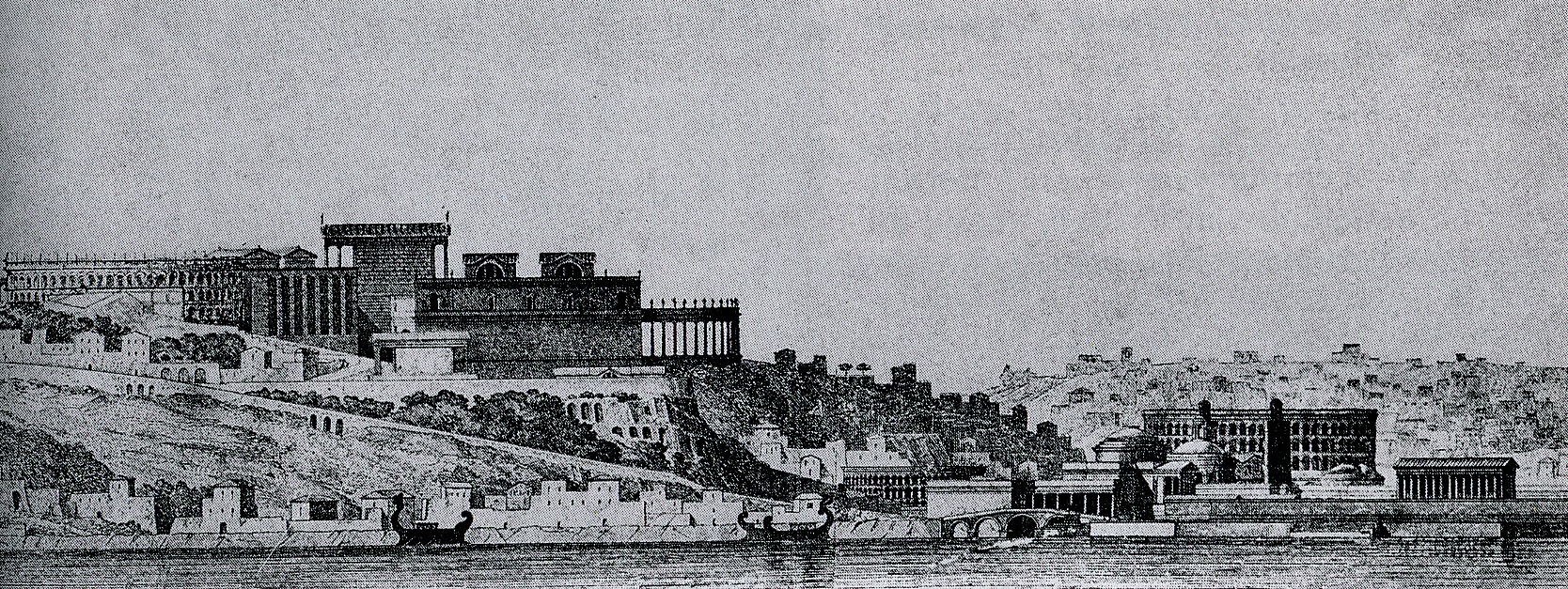Discover
History
The antique Fourvière
From the birth of the city of Lyon to the decline of the Roman Empire, discover Fourviere’s first page of history.
The origins of Lyon
What we principally know of Lyon’s past is Lugdunum, capital city of the Three Gauls. However, the site conceals much older remains. As early as the Stone Age, settlements are found on the Vaise plain. In the 2nd century B.C, the heights of Fourviere were populated by people who were organizing rites. At this time, the name Lugdunum, fortress of light or hill of the god Lug, appears in ancient texts. There was nothing to suggest that this place unfavorable to human settlement, would be a political, religious and economic capital city in the Roman Gaul just a few centuries later.
The status of Capital City was officialized in 43 B.C by Lucius Minatius Plancus, former general for Julius Caesar who stationed his soldiers at the confluence of the Saône and the Rhône.

The peak of the Roman colony and the persecution of the first martyrs
In the middle of the 2nd century A.D, Lugdunum was at its peak. The city had the authority to issue money, as Rome did. The strength of its authority was reinforced by the construction of a federal sanctuary. Here, the sixty tribes of the Roman Gaul had to swear allegiance to Rome and the deified Emperor every year.
Under the aegis of St Polycarpe from Smyrne, the first Christian community coming from the East, arrived in Lyon. Led by St Pothin, the first bishop of Lyon, this community gained followers very quickly and its population increased.
Persecution of the first Christians
The Christians incurred the Romans’ space hostility by refusing to swear allegiance to Rome and the Emperor, thus showing their belief in a unique God.
In 177 A.D 48 Christians were arrested, tortured and thrown into prison. Many of them, like Sainte Blandine, patron Saint of Lyon, died as martyrs. The city, weakened by the victory of the emperor Septime Severe at the end of the 2nd century A.D, finally lost its status of capital city of the Three Gauls in 297 A.D. The city was plundered and the Fourviere hill abandoned, in favor of the Saône banks.
Great figures

Saint Pothin (around 85 -177)
He might have been sent by Saint Polycarpe to evangelize Lyon. He is the main figure for the birth of Christianity in Gaul and the first bishop of the city.

Sainte Blandine (around 162-177)
A Roman slave, who after living through imprisonment, was condemned to die in the amphitheater of the Three Gauls. Today she is the patron saint of the city.